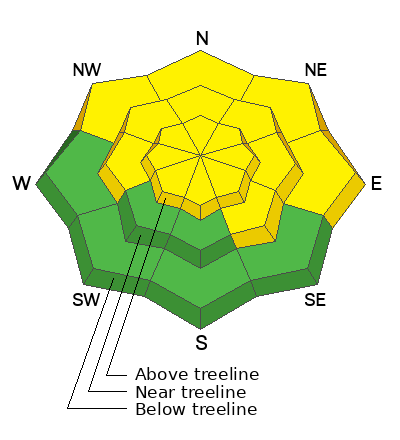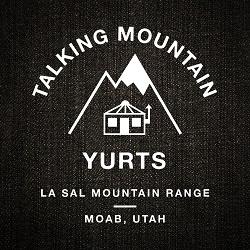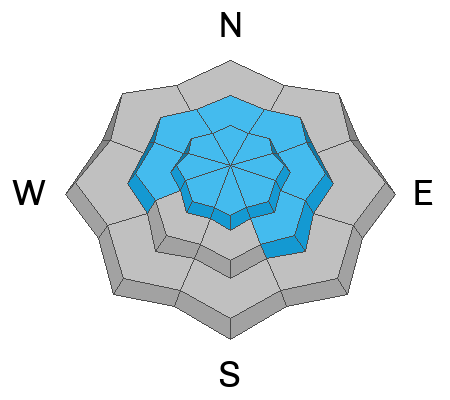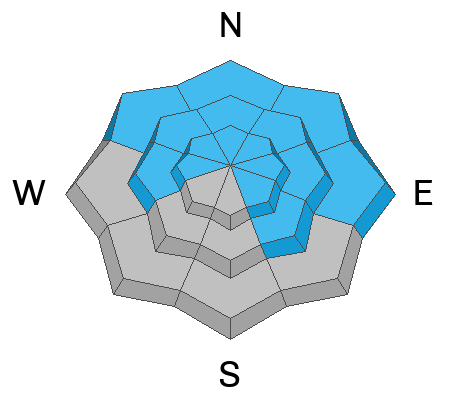Forecast for the Moab Area Mountains

Issued by Eric Trenbeath on
Wednesday morning, March 6, 2024
Wednesday morning, March 6, 2024
The avalanche danger is MODERATE and human triggered avalanches involving slabs of wind drifted snow up to 2' deep remain possible, primarily on slopes facing NW-N-NE-E. In these same areas, deep drifts have added stress to a buried persistent weak layer increasing the likelihood for a much deeper avalanche.
The danger decreases as you wrap around to the southern half of the compass, but isolated, shallower drifts may still be found, especially on slopes facing W and SE.
Wind slabs are recognizable by their smooth, rounded appearance, and they may sound or feel hollow underneath. Cracking is a sign of instability.
Wind slabs are recognizable by their smooth, rounded appearance, and they may sound or feel hollow underneath. Cracking is a sign of instability.

Low
Moderate
Considerable
High
Extreme
Learn how to read the forecast here





